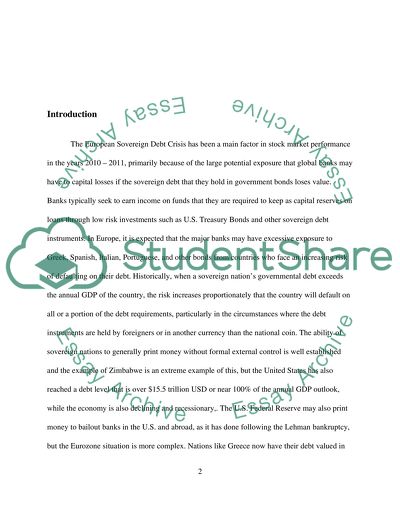Cite this document
(“The European sovereign debt crisis during 2010-2011 Essay”, n.d.)
The European sovereign debt crisis during 2010-2011 Essay. Retrieved from https://studentshare.org/finance-accounting/1434811-the-european-sovereign-debt-crisis-during
The European sovereign debt crisis during 2010-2011 Essay. Retrieved from https://studentshare.org/finance-accounting/1434811-the-european-sovereign-debt-crisis-during
(The European Sovereign Debt Crisis During 2010-2011 Essay)
The European Sovereign Debt Crisis During 2010-2011 Essay. https://studentshare.org/finance-accounting/1434811-the-european-sovereign-debt-crisis-during.
The European Sovereign Debt Crisis During 2010-2011 Essay. https://studentshare.org/finance-accounting/1434811-the-european-sovereign-debt-crisis-during.
“The European Sovereign Debt Crisis During 2010-2011 Essay”, n.d. https://studentshare.org/finance-accounting/1434811-the-european-sovereign-debt-crisis-during.


